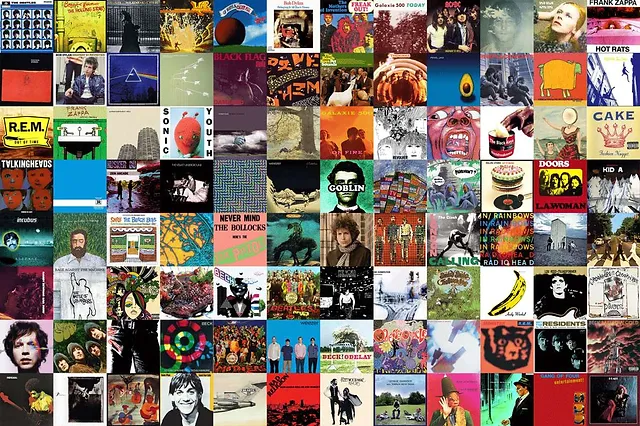Cover art covered – How a good visual identity can boost your release’s potential
So you’ve spent countless hours perfecting your upcoming release. You have a marketing strategy in place and you’re ready to take the world by storm. Just one slight problem. You need some scroll-stoppingly good cover art to accompany your release. In an over-saturated world of music content, having eye-catching cover art is more important than ever.
The importance of good cover art.
It’s impossible to discuss the importance of Cover art without referencing the vinyl record sleeve. The joy of LPs and singles can be as much about the aesthetic nature of the Sleeve as the music contained within the grooves. This factor is unquestionably one of the driving forces behind the current vinyl revolution.
When you think about certain artists it’s impossible to do so without also visualising some of their iconic record sleeves. I’m thinking The Beatles, Led Zeppelin, Pink Floyd and The Beastie Boys to name but a few.
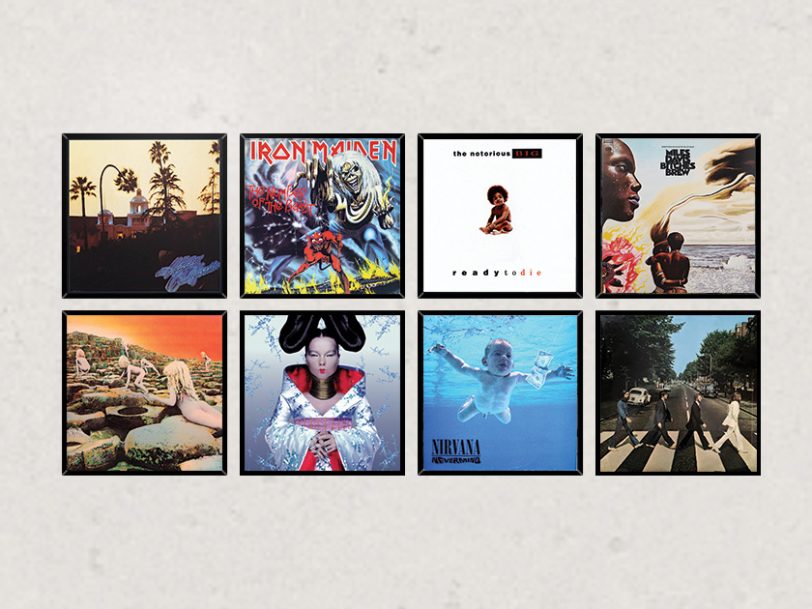
A records cover serves as a visual representation of the music and plays a crucial role in attracting attention, conveying the artist’s or band’s brand and style, and creating a connection with the audience.
Although it’s more likely you will be needing cover art to represent your digital release, the importance of a strong visual anchor to the music should not be underestimated. Especially when your release is desperately competing to get noticed and be seen!
Professional designer or DIY?
The first thing to consider when approaching cover art is, do you commission an experienced designer or have a go yourself. This decision will depend on various factors. What’s your budget? Do you have a technically challenging design concept? What time scale are you working too? What are your own design credentials like?
If your design skills are rather limited and you have some budget to work with then hiring an experienced designer could be the best step. There are many fantastic platforms available now and hiring the services of a graphic designer has never been easier. Below is a list of some of the most popular sites for hiring freelance graphic designers
- Upwork (www.upwork.com)
- Freelancer (www.freelancer.com)
- Fiverr (www.fiverr.com)
- 99designs (www.99designs.com)
- Toptal (www.toptal.com)
- Dribbble (www.dribbble.com) – A platform for designers where you can find and connect with talented graphic designers.
- Behance (www.behance.net) – Another platform for creative professionals, including graphic designers.
- Guru (www.guru.com)
- DesignCrowd (www.designcrowd.com)
- PeoplePerHour (www.peopleperhour.com)
Just remember, if you are planning to use a designer from a site like this you will need to provide them with some kind of design brief. Spend some time looking for inspiration online. Sites such as Pinterest can be excellent for seeking visual inspiration.
Work out exactly what you want to be conveyed on your cover art. What text do you want to feature? Do you need a logo designed at the same time? Do you have some original photography that could work well?
If you have a clear vision of what you want then it’s important to communicate this clearly. After all, your releases Cover Art is there to represent YOU as an artist.
Tap up a favour
If on a super tight budget, another option could be to draw upon your friends and followers. Put out a call to ‘graphical’ action on your social media channels and see what comes back. If you are a musician the chances are you already move in similar creative circles to graphic designers. You could maybe discuss a small revenue share or an equally reciprocal deal.
Going it alone!
If you decide the best way forward is to fly solo and attempt your own cover art then rest assured, there has never been an easier time. Before rushing in though, it’s important to take some time to plan exactly what you’re looking to communicate through your artwork.
Do you already have a brand identity? Do you intend on building one? What are the sort of styles that are associated with your genre? Do you want an image of yourself or your band on the cover? Or do you just want to try and create something completely random that will naturally jump out at the casual browser?
It’s worth considering all of these things and more. Try to draw upon (no pun intended) the same creative juices that were employed in your musical creation and apply them to the visuals. One good starting point could be to create a mind map and then a mood board. Be inspired by the almost endless visual material available online but also don’t disregard the real world around you.
Once you have some ideas together it’s time to get to work preparing your artwork.
Release formats and technical requirements.
One of your first considerations should be where the artwork will be used. Is your cover art only going to be used in the digital realm or is there a chance it may get a physical release? With digital you only really have a single square box to consider while physical releases pose a slightly bigger challenge.
To start with let’s just focus on a digital release. While some platforms will accept smaller-sized artwork (Bandcamp’s minimum requirement is 1400px x 1400px) I would advise going for 3000px x 3000px. This is a fairly standard sizing that most DSPs will accept. This means that if you are sourcing any images to use in your artwork they must be large enough. The last thing you want is visible pixelation (unless you’re of course you’re releasing some 8-bit beats!) The rule of thumb when producing any digital art is to work at a larger scale. Scaling down a design will not affect the quality at all but if you needed to scale up considerably then it will.
When it comes to physical products such as CDs, Cassettes and Vinyl most pressing plants will be able to provide you with all of their print requirements and usually a handy template. Bear in mind when printing physical artwork you must also allow for print bleed. Bleed is a small overlapping of the image on the edges. You will need to consider this in the main design process.
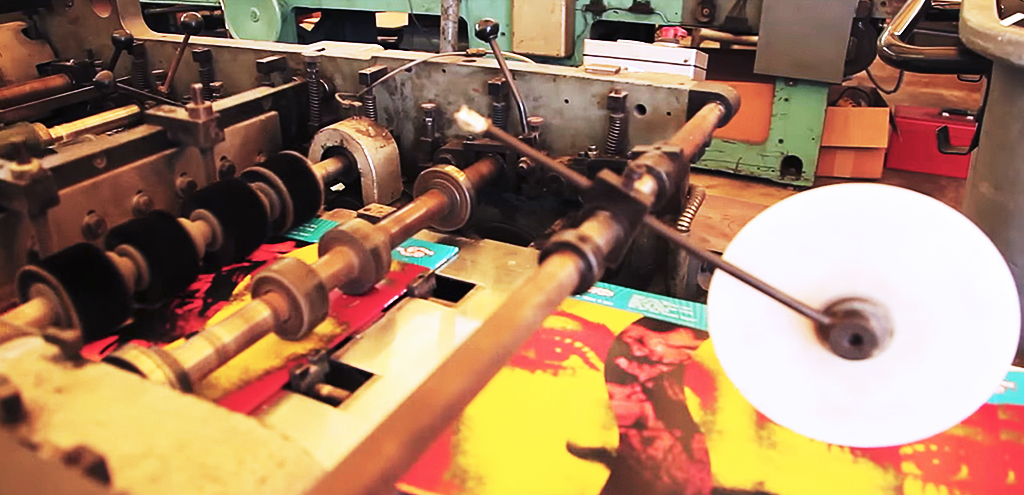
You will have a lot more area to play with when it comes to a physical release so embrace and make good use of this. Consider the information you need to communicate and where you would like to place it. You will almost certainly need to allow more time to prepare artwork for physical products.
Design Software
So you’ve got a good idea of what you would like featured on your cover art. Now time to get busy and actually prepare your visual triumph.
When it comes to graphic design applications there are as many design software options out there as music software ones so it may feel a little overwhelming. Adobe’s Creative suite of design tools represents the industry standard but with this comes a fairly hefty price point. Currently, the full suit costs £51.98pm and Photoshop £9.98pm. For Cover Art design photoshop on its own will be perfectly adequate. Note* If you are a student special discounts are available.
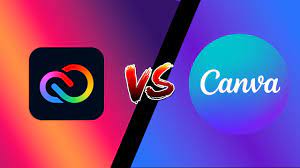
If however, you cannot justify taking out a subscription to Adobe then fear not. There are many more affordable options to choose from. One of the most popular alternative design software choices at the moment is Canva.
Canva is an online graphic design platform that allows users to create a wide range of visual content and has everything you need to come up with eye-catching cover art. It has a user-friendly interface and a vast collection of pre-designed templates, images, fonts, and other design elements. This makes it really accessible if you don’t have extensive design experience. And the best thing is the basic version is free!
These are just two design solutions but there are many more options out there such as Sketch, Procreate and CoralDRAW to name just a few.
Need an image? AI to the rescue.
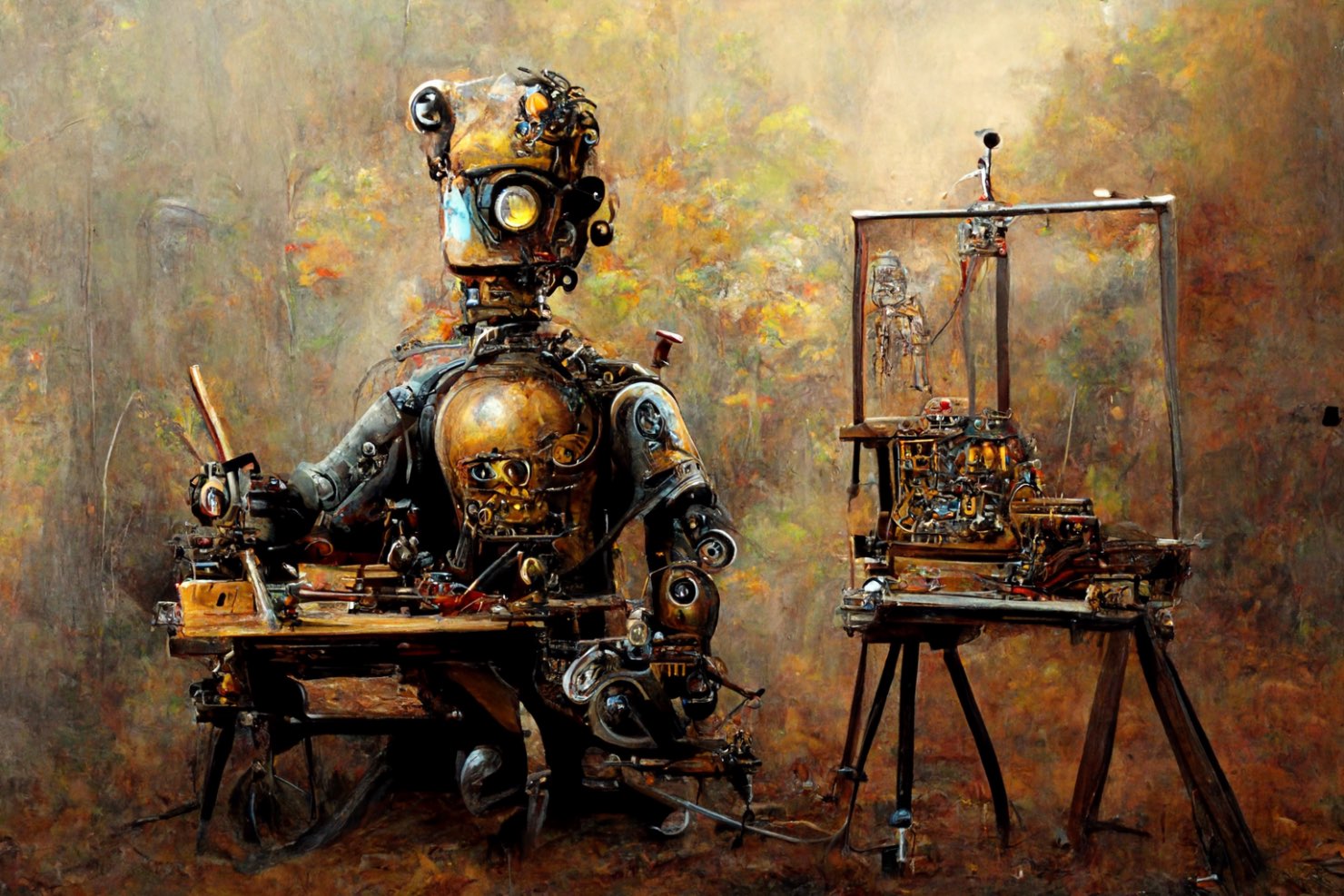
Chances are your design concept will involve the use of an image or images. When it comes to images you generally have 3 options.
- Create your own using photography or some custom artwork
- Find an existing image
- Create an image using AI
For the first example, now that our phone cameras are so advanced there should be nothing to stop you from snapping some winning shots yourself. Or why not get your hands messy and have your very own art attack? Nothing can communicate an extra dimension of your personality like an original drawing or painting.
As for the second example, the internet is awash with purposely prepared images for literally any occasion. A quick Google images search should serve up a smorgasbord of options. Just remember to always abide by the image copyright stipulations. Many images will require a licence so be prepared to pay a small amount for the rights.
And finally, the wonderful world of AI could provide the perfect solution. There are many emerging AI image generators that just require a written prompt to generate often extremely striking artwork. Here is a selection of AI image-generating platforms you might want to check out.
- DALL-E-2 – The latest version of OpenAIs popular text prompt image generator.
- Artbreeder – uses a technique called “breeding,” where you can blend or combine multiple images to create unique variations.
- Waifu Labs – great for anime images
- Deep Dream Generator – Specialises in fantasy-style images
- Midjourney – a very popular great all-rounder
Putting your visual ideas into practice
When it comes to actually laying down your design the main thing is just have fun! The joy of using digital media is you can constantly tweak and edit your image. Try adding some filters or effects, auditioning different images and experimenting with different fonts. Basically, treat the design process as you would your musical creations. And if you’re not confident that you have a good eye for design then maybe approach some friends that have. They may be able to offer some good design advice and opinions.
There are however a few things that you should consider when designing your cover art. One of the main things is how it will appear when viewed at different scales. If the image is too complex or the fonts used are too small then they may be lost when viewed as a thumbnail. The main objective is for your artwork to look enticing, interesting and appealing at different scales on different platforms. After all, you want people clicking on it.
Also, if other people are involved in the release i.e band members, try to keep them in the loop and get their feedback slash approval before proceeding to publish the release/artwork.
Time to share your creative vision with the world.

Once you are totally happy with your cover art then it’s time to marry it to your musical masterpiece and share it with the world. Use your cover art on your social media platforms to promote the release. If you don’t have a video promo for the release you could even animate the cover art using some motion graphics and post this on video platforms such as YouTube. DeepArt.io, Plotaverse and Pixaloop are just a few apps that allow you to add motion dynamics and effects to 2D artwork.
Hopefully, all your hard work preparing a top-notch cover art will pay off and it will provide a worthy counterpart to your musical endeavour.
And if you’re wondering how to get your release out into the digital world then routenote.com is a fantastic option.
Remember – RouteNote Create subscriptions start from as little as $2.99, and you also get 10 FREE credits to spend on samples when you sign-up as well as your FREE sample bundle!
